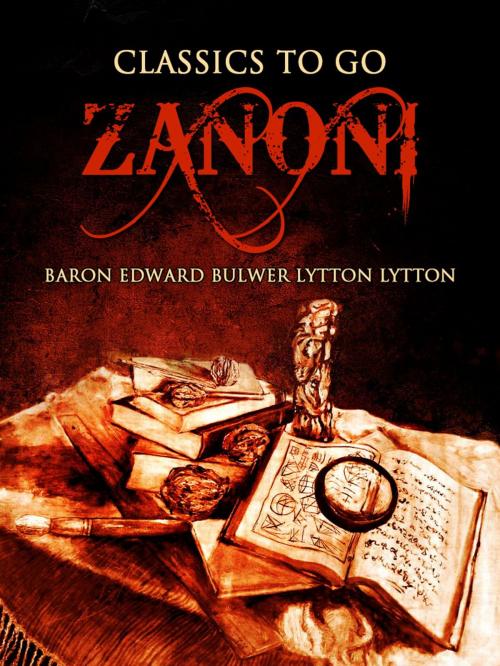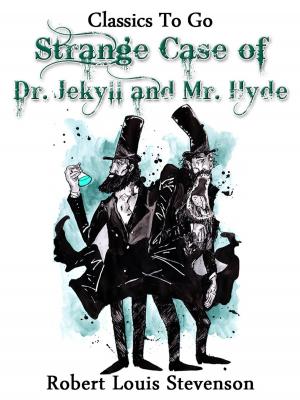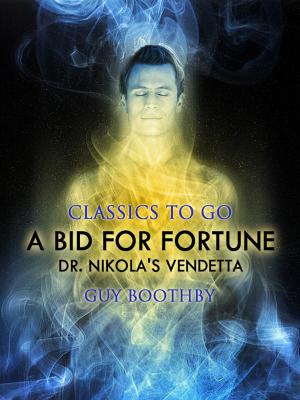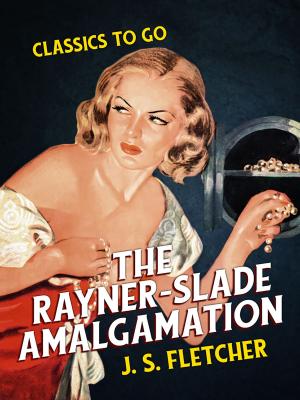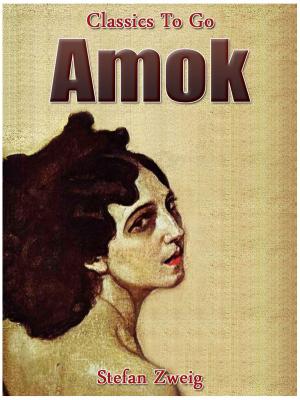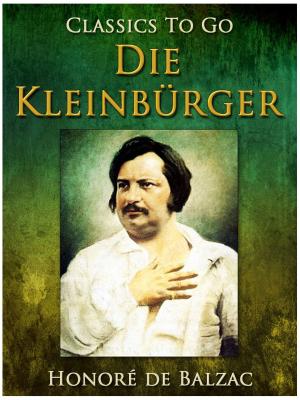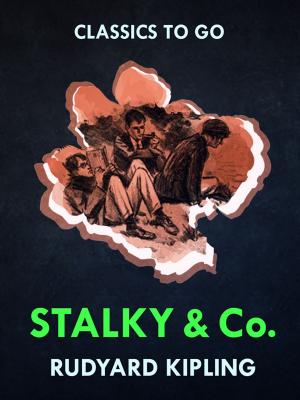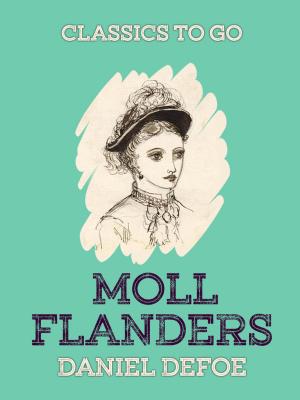| Author: | Baron Edward Bulwer Lytton Lytton | ISBN: | 9783962722630 |
| Publisher: | Otbebookpublishing | Publication: | December 31, 2017 |
| Imprint: | Otbebookpublishing | Language: | English |
| Author: | Baron Edward Bulwer Lytton Lytton |
| ISBN: | 9783962722630 |
| Publisher: | Otbebookpublishing |
| Publication: | December 31, 2017 |
| Imprint: | Otbebookpublishing |
| Language: | English |
In two novels, Zanoni (1842) and A Strange Story (1862), Bulwer-Lytton invented the Occult/Dark Fantasy subgenre (as opposed to other subgenres of fantasy like Tolkienian High Fantasy). Academic critics usually describe Zanoni as a künstlerroman (novel of the maturation of an artist) and as an allegory of Science versus Art, but Zanoni is also the first modern British work of occult fantasy. Charles Dickens took the ending of A Tale of Two Cities (1859) from Zanoni. A strong argument can be made that the school of cosmic horror which H.P. Lovecraft made famous begins with Zanoni and A Strange Story, or at the least is heavily influenced by it.
In two novels, Zanoni (1842) and A Strange Story (1862), Bulwer-Lytton invented the Occult/Dark Fantasy subgenre (as opposed to other subgenres of fantasy like Tolkienian High Fantasy). Academic critics usually describe Zanoni as a künstlerroman (novel of the maturation of an artist) and as an allegory of Science versus Art, but Zanoni is also the first modern British work of occult fantasy. Charles Dickens took the ending of A Tale of Two Cities (1859) from Zanoni. A strong argument can be made that the school of cosmic horror which H.P. Lovecraft made famous begins with Zanoni and A Strange Story, or at the least is heavily influenced by it.
